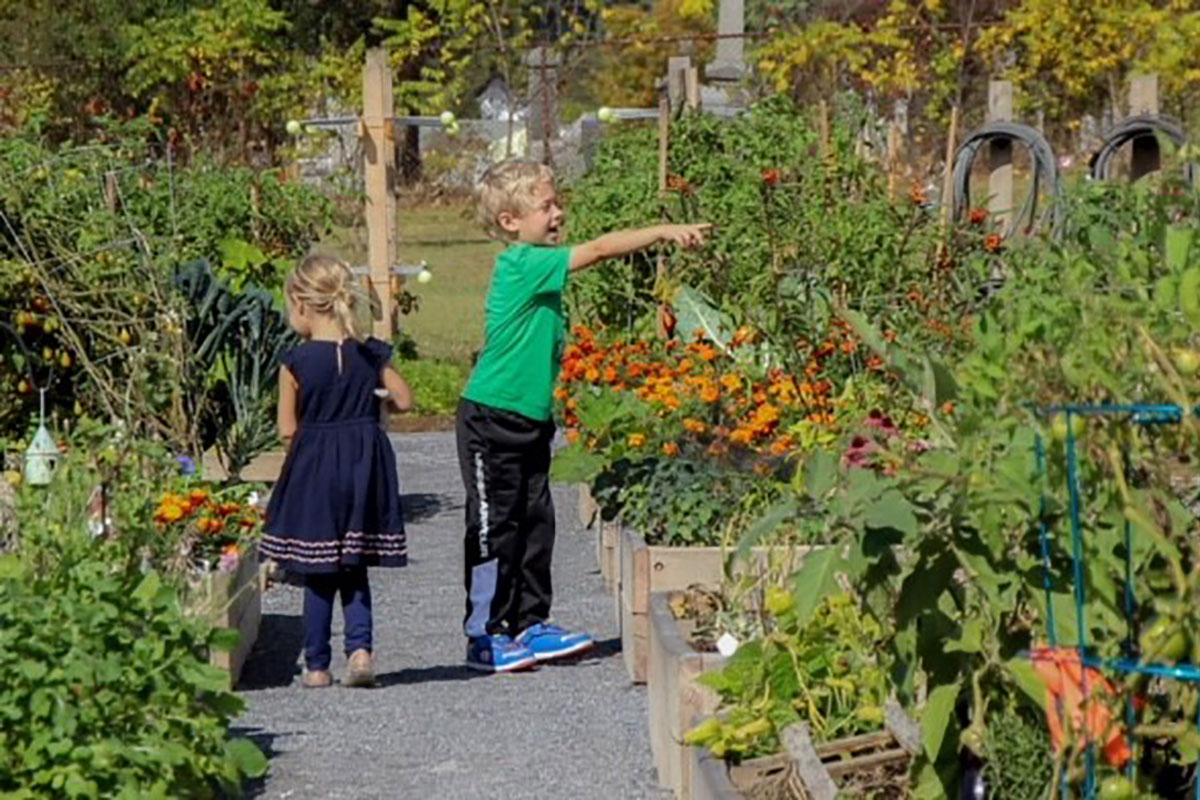Community Conservation
Five Tips for Addressing Food and Hunger
1. Brainstorm with individuals, community organizations, local businesses and agencies on how your land trust might be able to help. Share examples of what other land trusts are doing.
2. Assess how you might partner with existing programs or community initiatives. This may involve adapting partnerships and programs in new ways or rethinking your land conservation priorities and strategies.
3. Consider if you could replicate a program, or land protection effort, from another region in your service area—or a portion of your service area. Listen to what the needs are “close to home.”
4. Listen to what challenges your community is facing related to health, food and hunger. Keep an open mind as examples could be as diverse as the opioid crisis, homelessness, farmer/rancher stress, insufficient education or employment, lack of clean water or access to land, elder landowners and isolation, poor market access and soil degradation, etc.
5. Get out the word, inspire others. Community conservation that uses land and water to directly change lives in tangible ways, throughout the community, often results in finding new partners, supporters and ambassadors for the work and for other focus areas of your organization.



